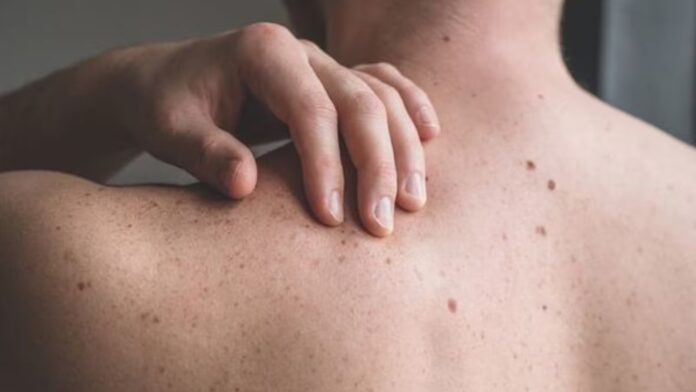Cholesterol is a waxy, fat-like substance in the bloodstream that is essential for cell structure, hormone synthesis and digestion. However, excessive cholesterol – especially low-density lipoprotein (LDL), or “bad” cholesterol – can increase the risk of serious health issues like heart disease and stroke. In contrast, high-density lipoprotein (HDL), or “good” cholesterol, helps remove excess cholesterol from the blood and reduces these risks. While the body naturally produces cholesterol, it is also obtained from dietary sources, particularly animal-based foods. Maintaining balanced cholesterol levels through proper nutrition, regular physical activity and healthy lifestyle habits is crucial for overall well-being.
Causes of high cholesterol:
Several factors contribute to high cholesterol levels. A diet high in saturated and trans fats, lack of physical activity, obesity, smoking and excessive alcohol consumption can all lead to cholesterol buildup. Genetic conditions like familial hypercholesterolaemia can also cause high cholesterol. Other contributing factors include underlying health conditions such as diabetes, hypothyroidism and liver or kidney disorders. Age and hormonal changes, particularly in postmenopausal women, can also impact cholesterol levels. Adopting a balanced lifestyle with healthy eating and regular exercise is key to effectively managing cholesterol.
Symptoms and risks of high cholesterol:
High cholesterol is often referred to as a “silent condition” because it typically does not cause noticeable symptoms. Many individuals remain unaware of their elevated cholesterol levels until they experience severe health issues. However, in some cases, cholesterol-related complications may lead to symptoms such as
- Chest pain (angina): Caused by restricted blood flow to the heart.
- Shortness of breath: A potential sign of arterial blockages.
- Numbness or weakness in the limbs: Resulting from poor circulation.
- Yellowish deposits on the skin (xanthomas): Fatty lumps that commonly appear around the eyes, elbows, or knees.
- High blood pressure: Often linked to cholesterol buildup in the arteries.
Skin Conditions Associated with High Cholesterol
Excess cholesterol in the blood can lead to fatty deposits accumulating in the arteries, narrowing them and reducing circulation. Over time, this increases the risk of life-threatening cardiovascular complications like heart attacks and strokes. In some cases, high cholesterol is visible through skin changes such as unusual skin patches, yellowish deposits (xanthomas), or discolouration.
Common skin symptoms of high cholesterol:
Skin issues linked to elevated cholesterol and triglyceride levels can vary in severity. Some of the most common include:
- Xanthomas: Fatty deposits that form under the skin, appearing as small, raised bumps or rash-like patches. They commonly develop on the knees, elbows, buttocks and tendons. In some cases, wart-like growths may also appear inside the mouth or genital area.
- Livedo Reticularis: A bluish-red, net-like pattern on the skin, often visible on the thighs, feet, toes, lower legs and buttocks. In severe cases, extremely high cholesterol levels may cause the skin to turn dark blue or black, signalling an urgent need for medical attention.
- Xanthelasma: Soft, yellowish plaques that develop around the eyes, particularly in the inner corners. They are more common on the upper eyelids but may also appear on the lower lids.
- Psoriasis: A chronic autoimmune condition that leads to red, scaly, inflamed skin patches. It is associated with increased inflammation in blood vessels, raising the risk of heart disease.
- Cholesterol Embolism: This occurs when tiny cholesterol crystals break off from arterial plaques and travel through the bloodstream, blocking smaller arteries. This can lead to skin ulcers, discolouration, gangrene, or purple-blue toes.


